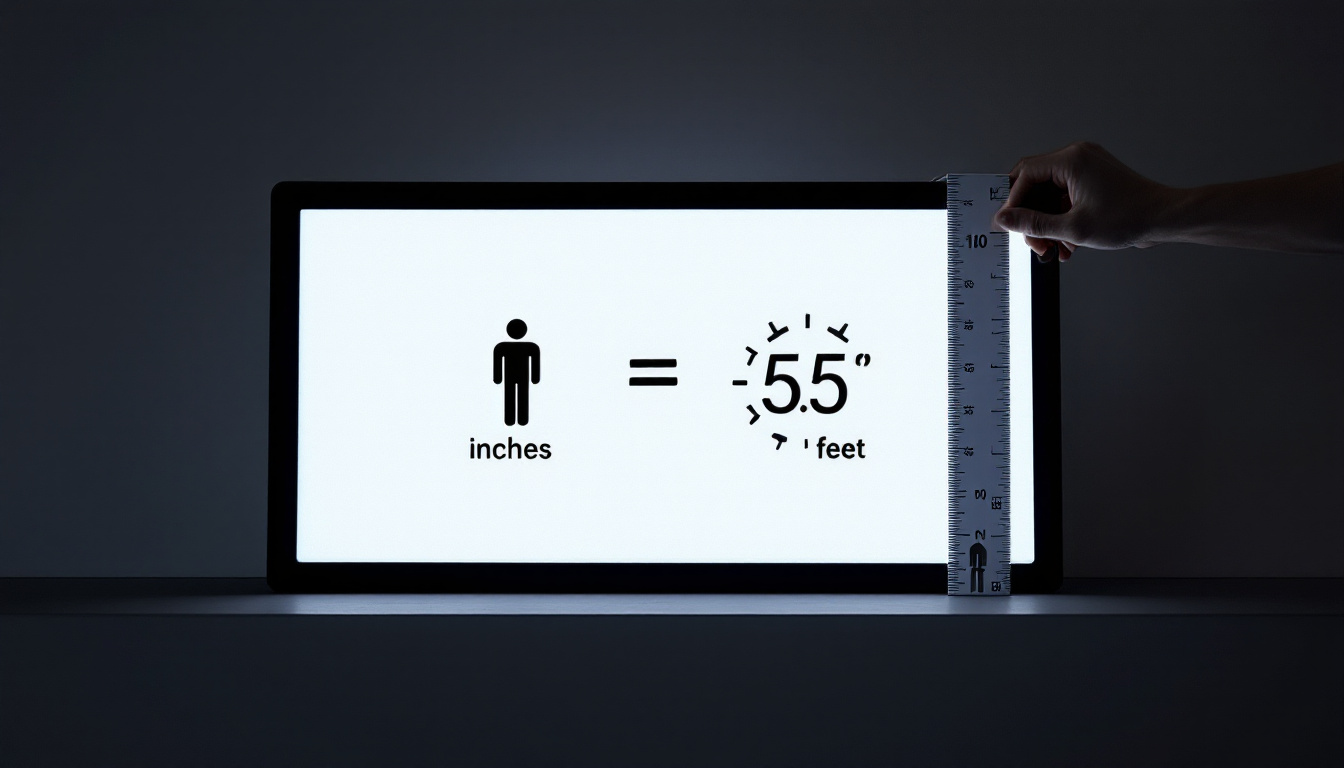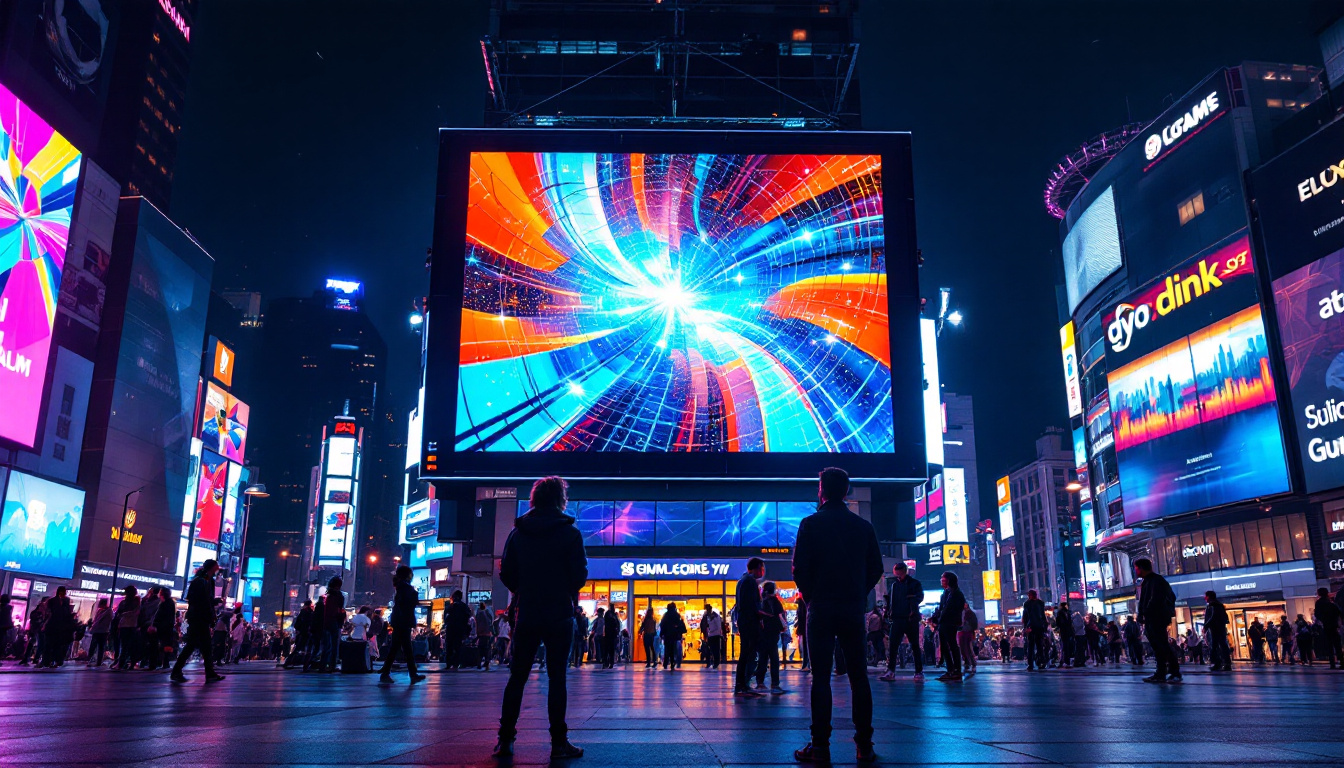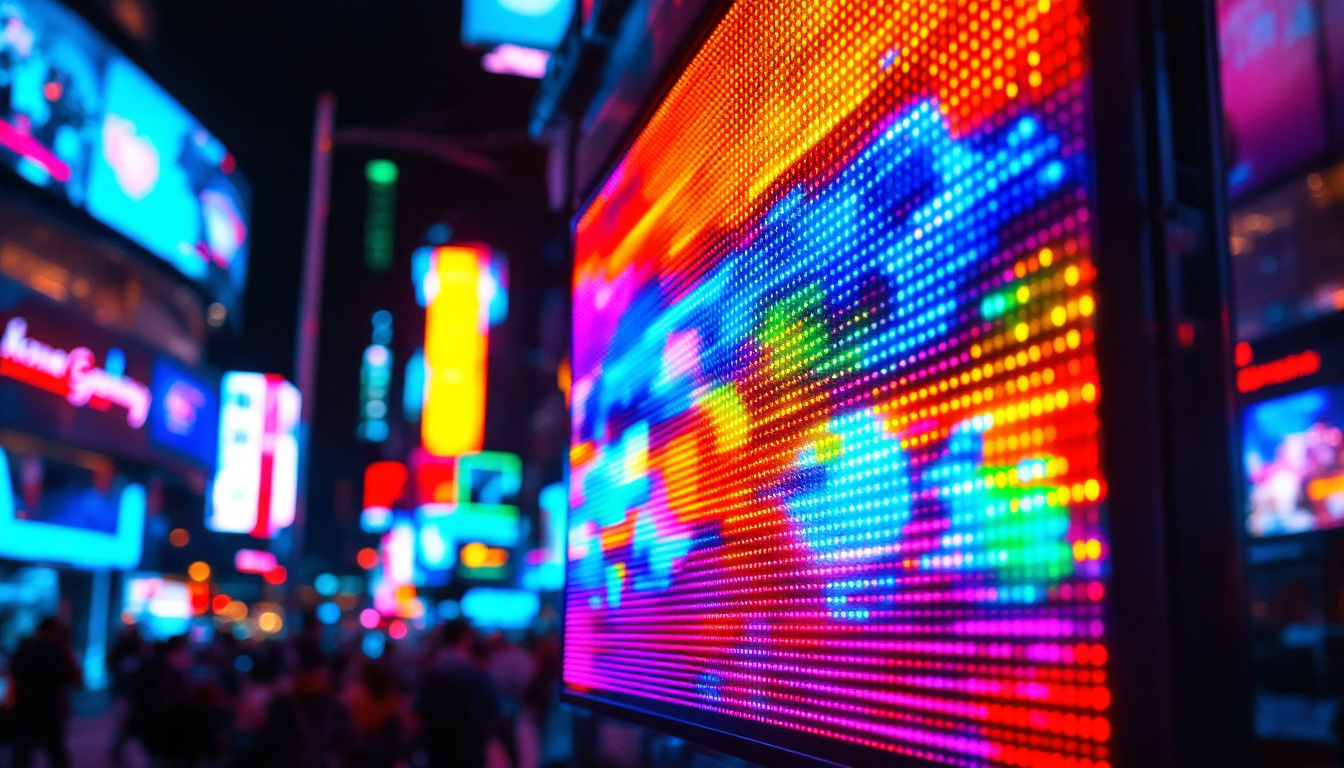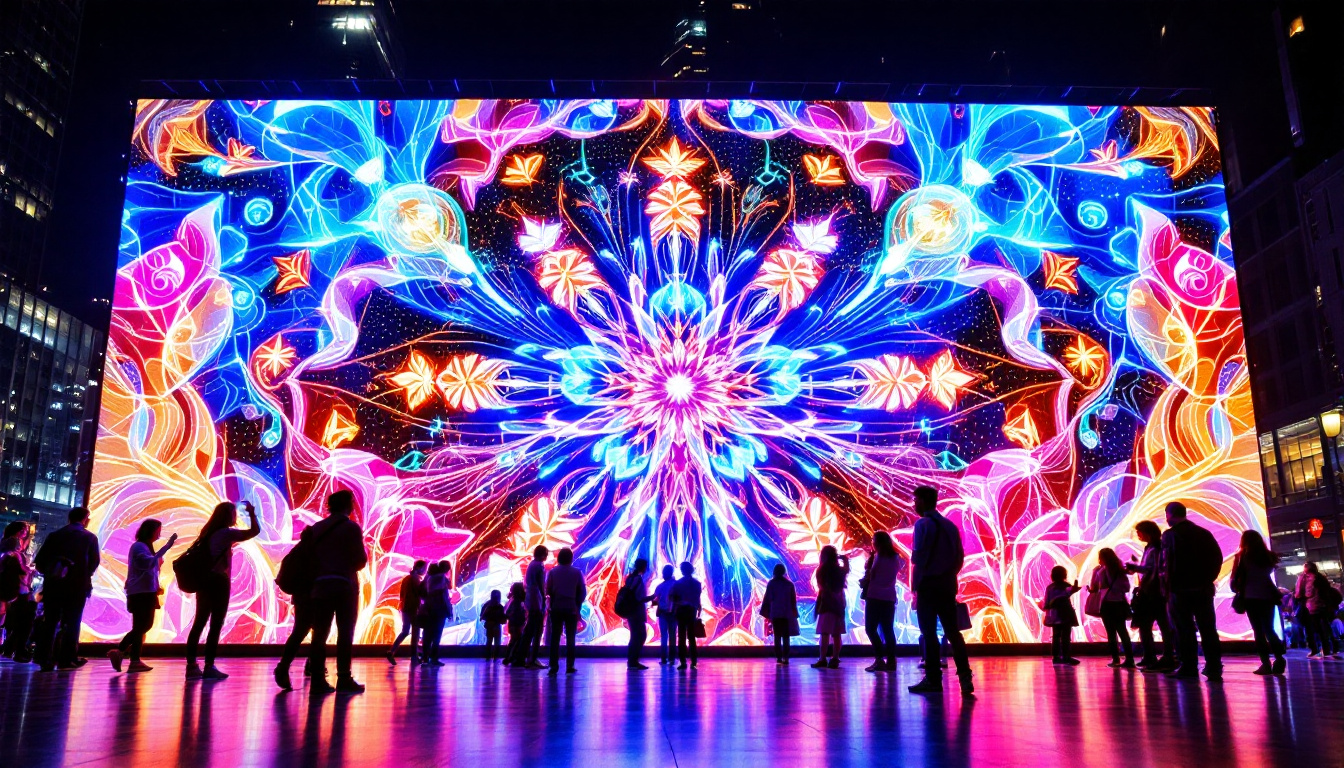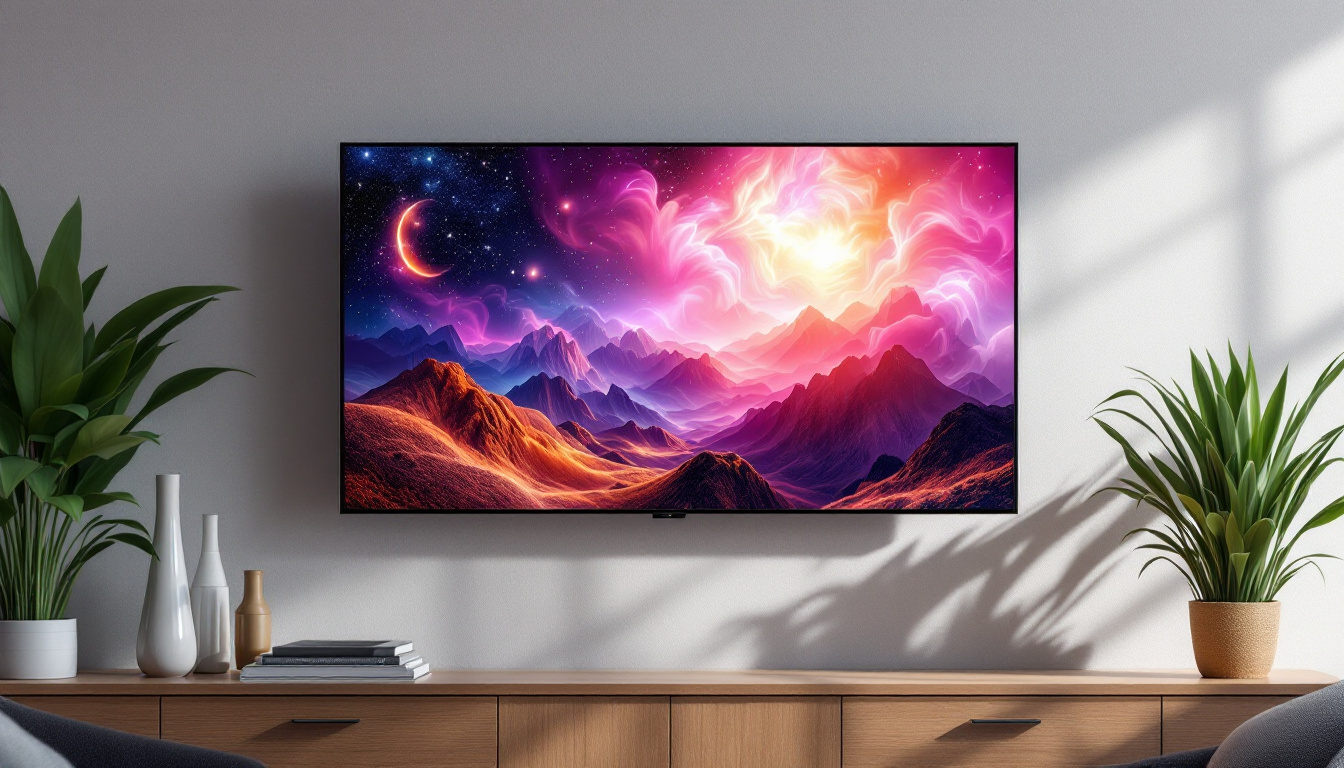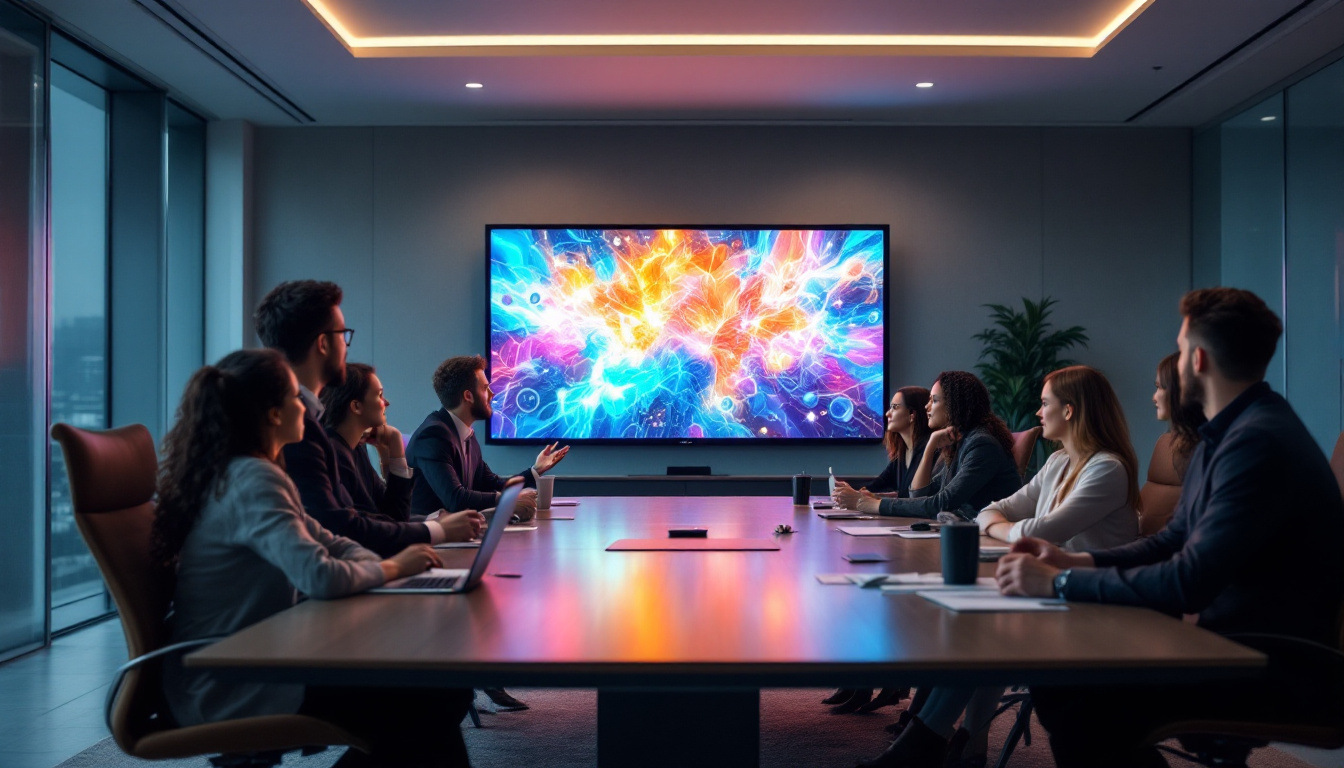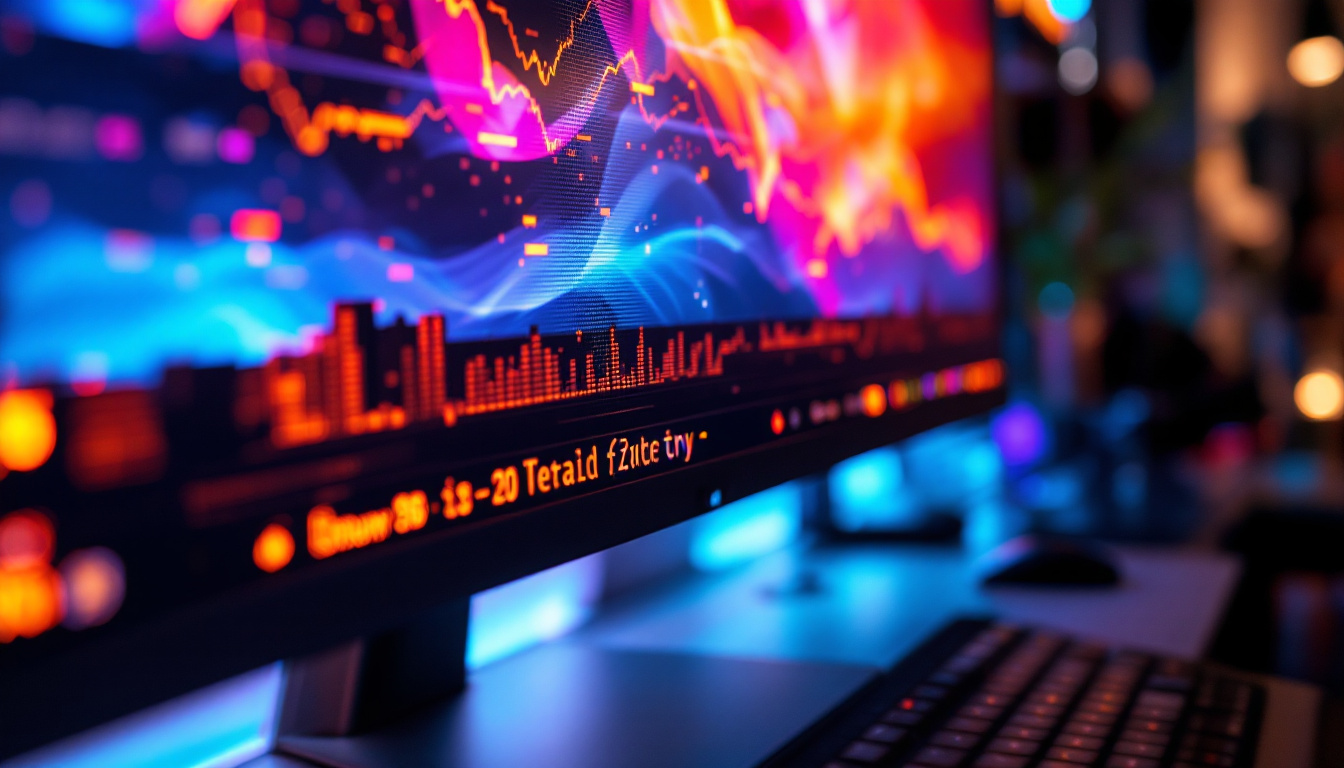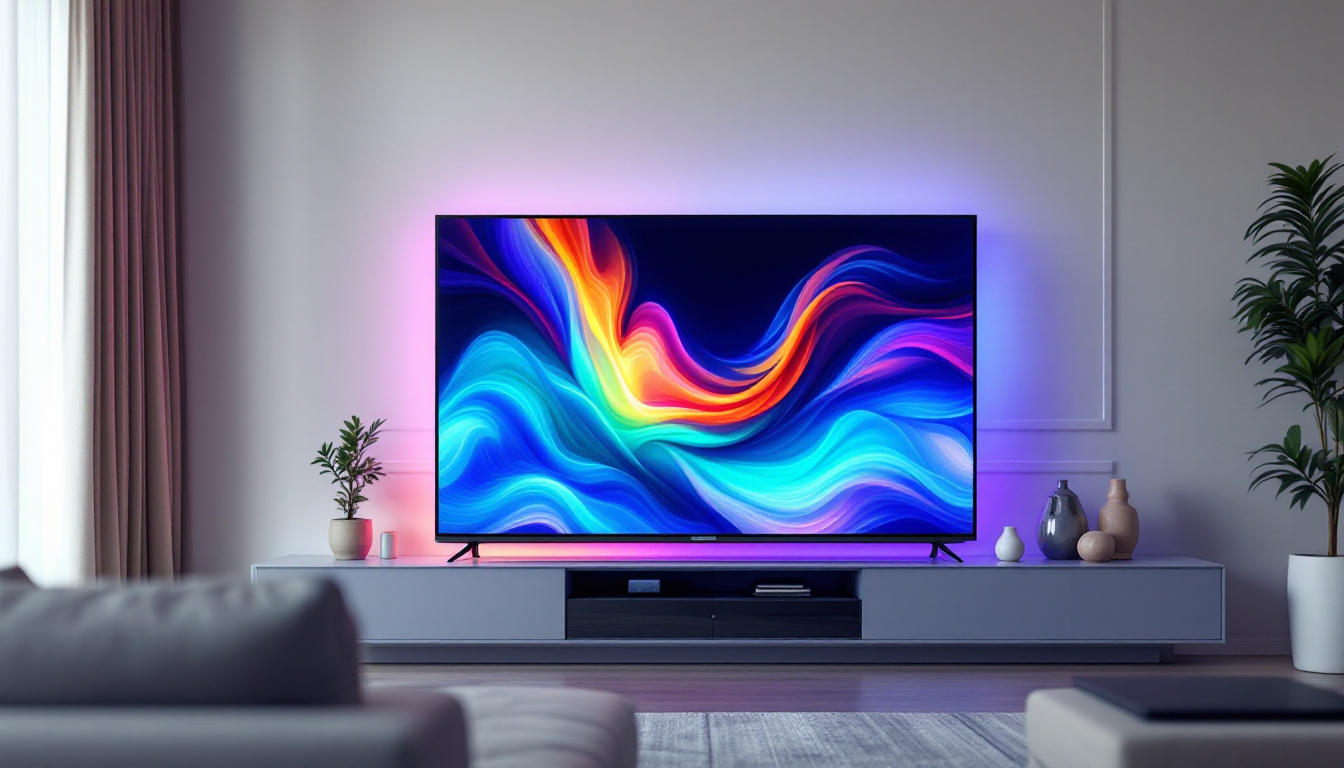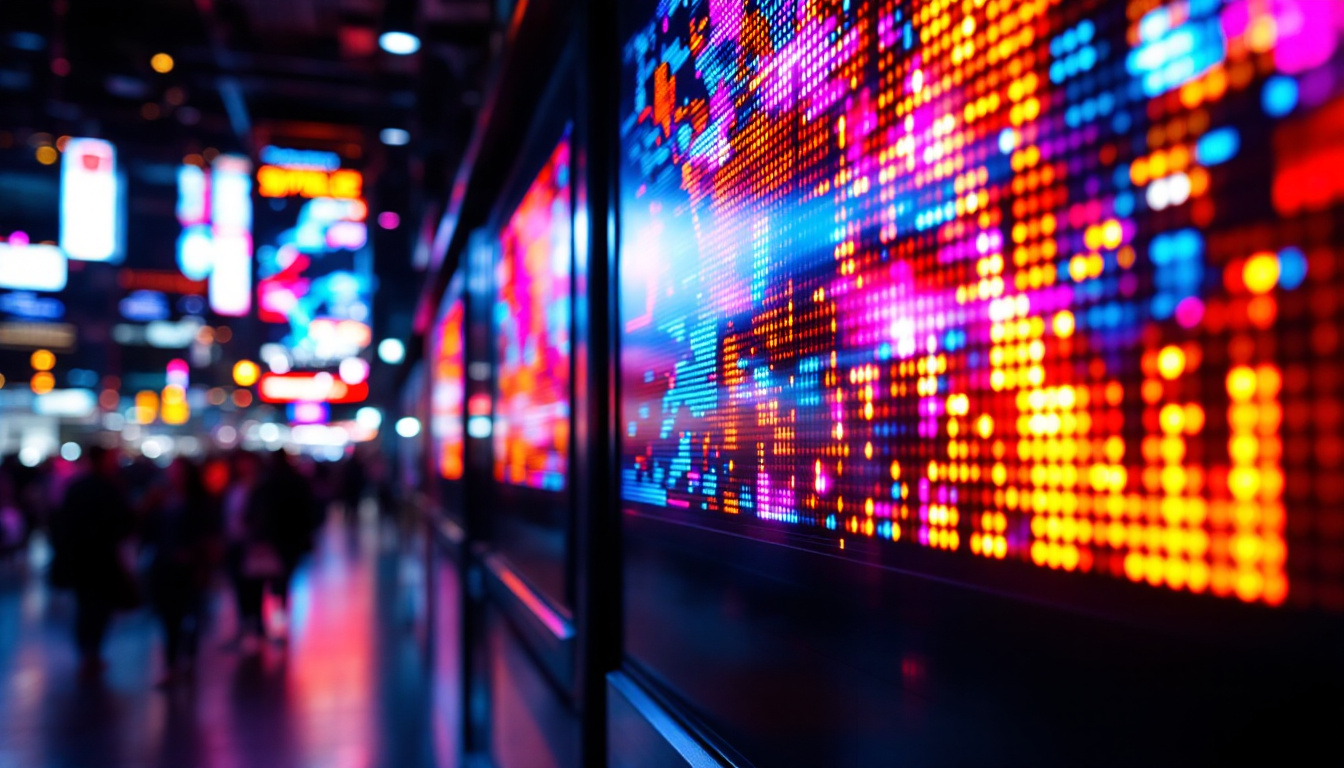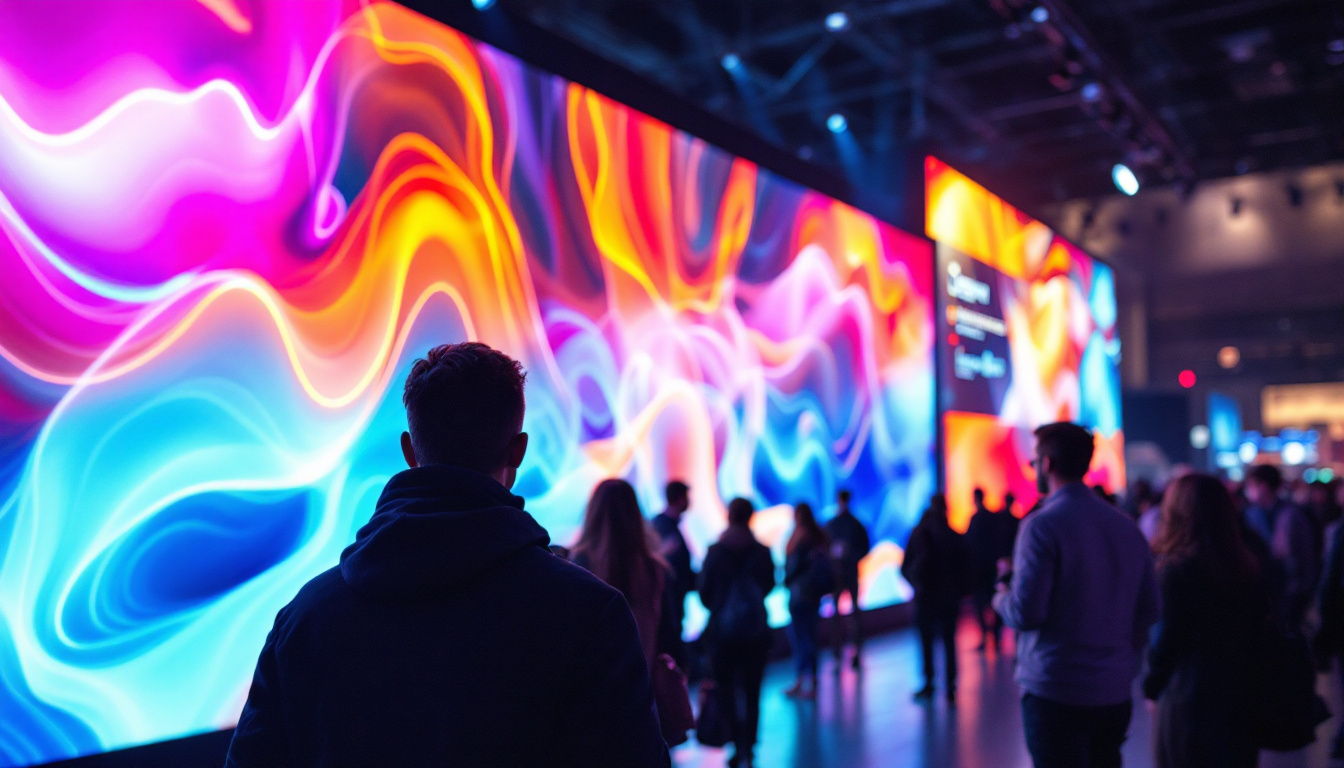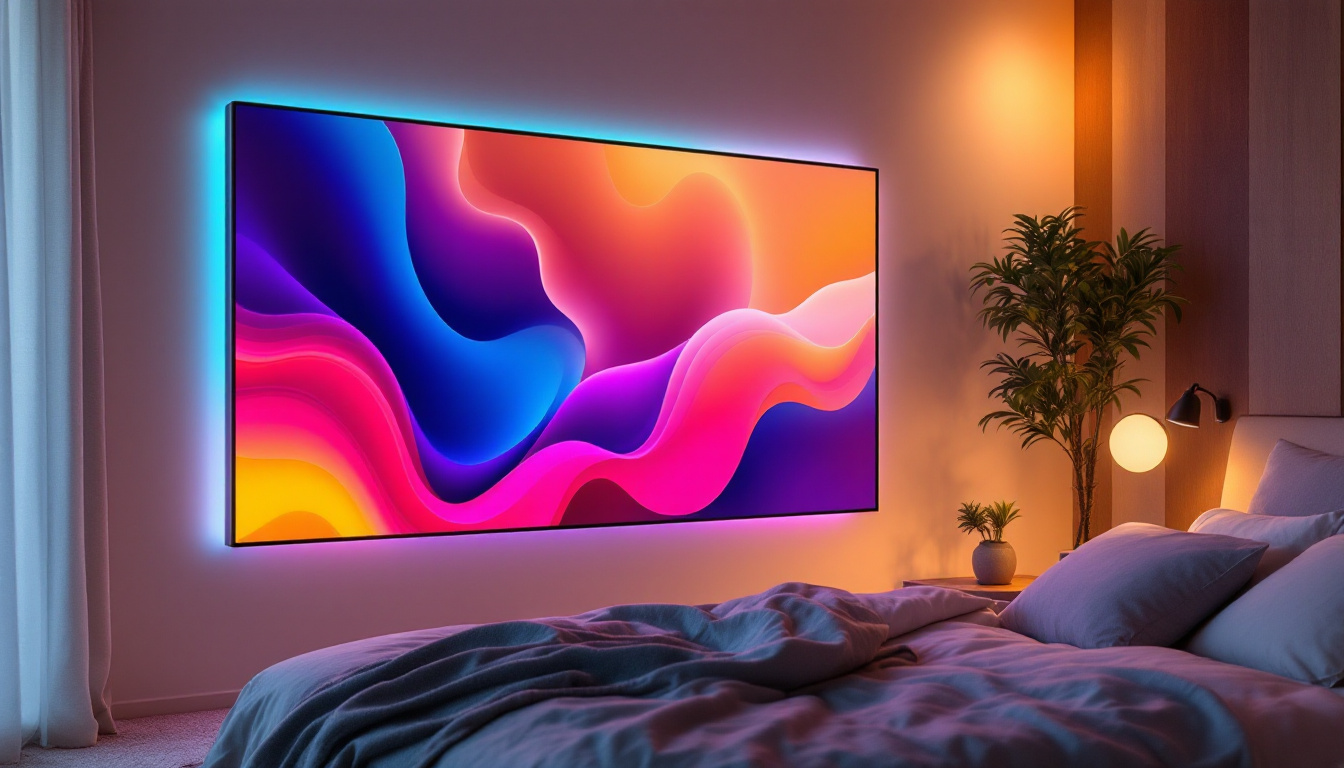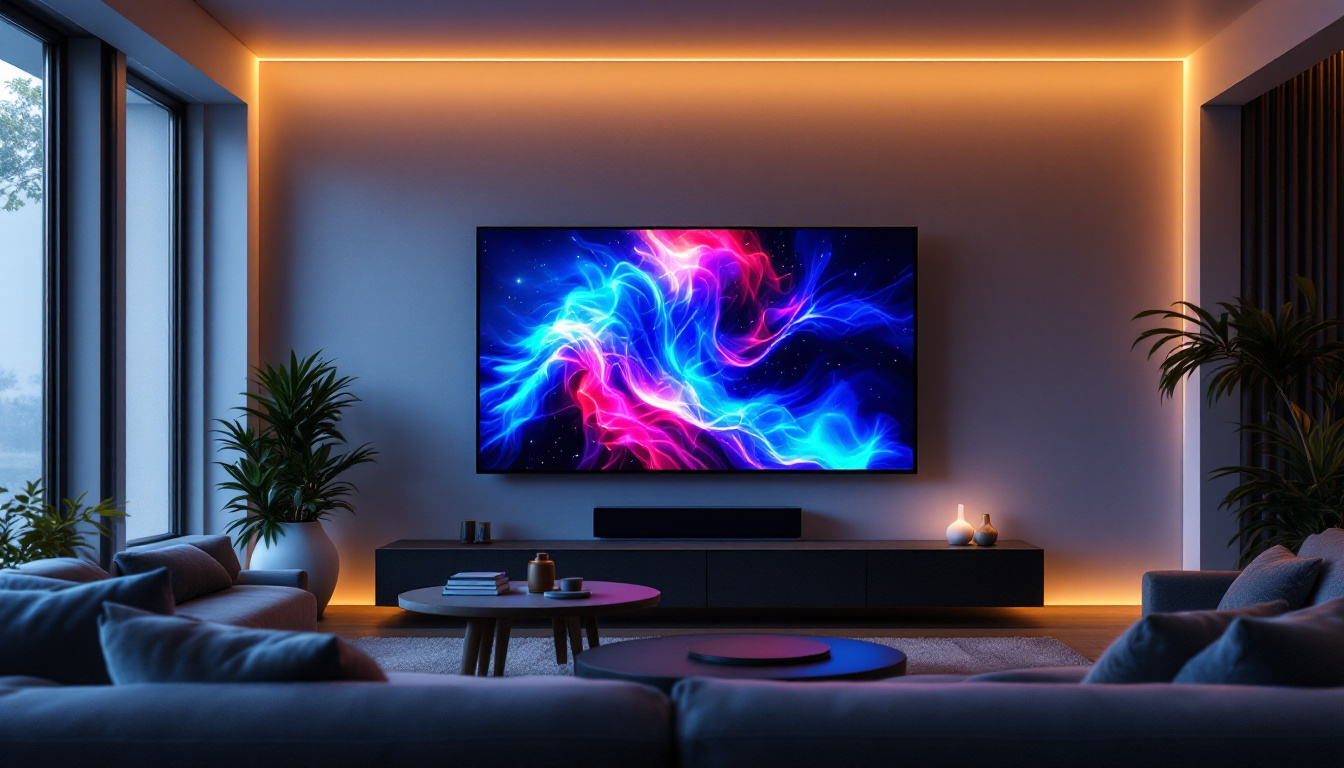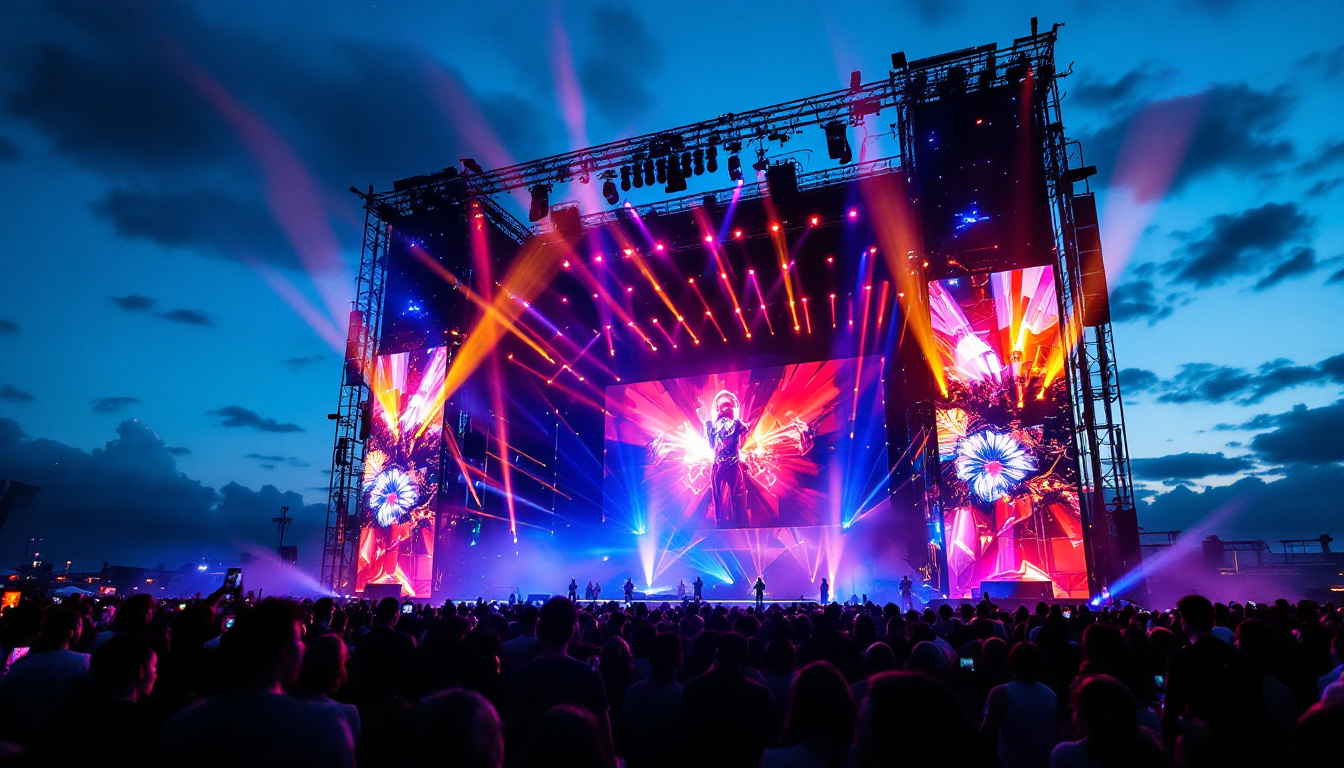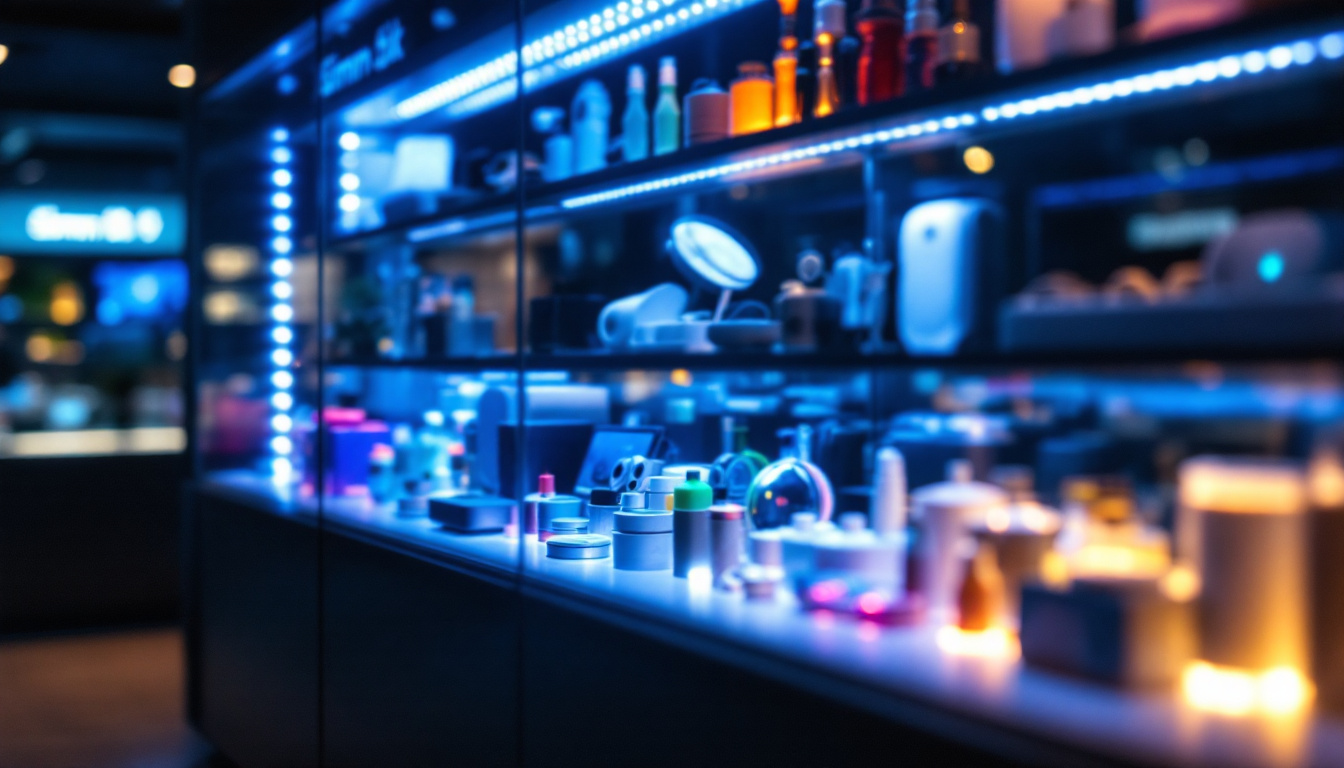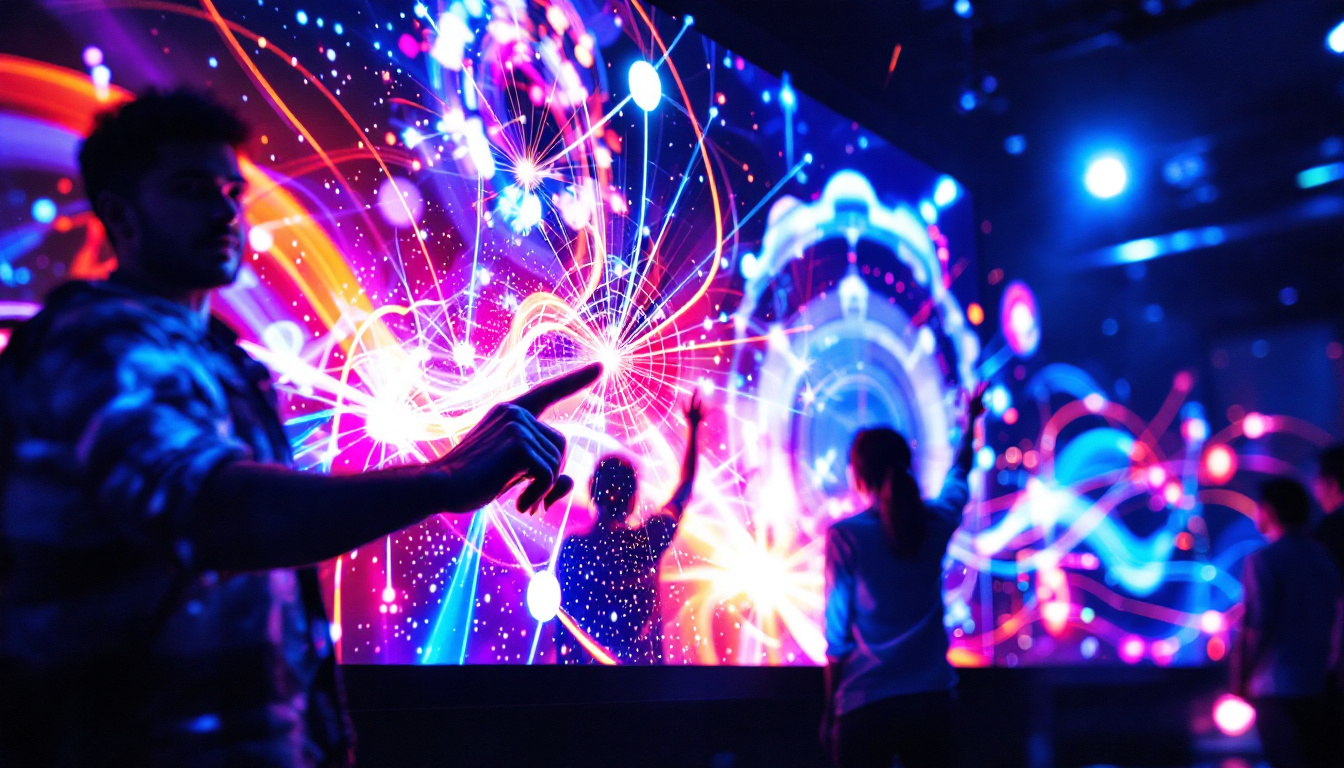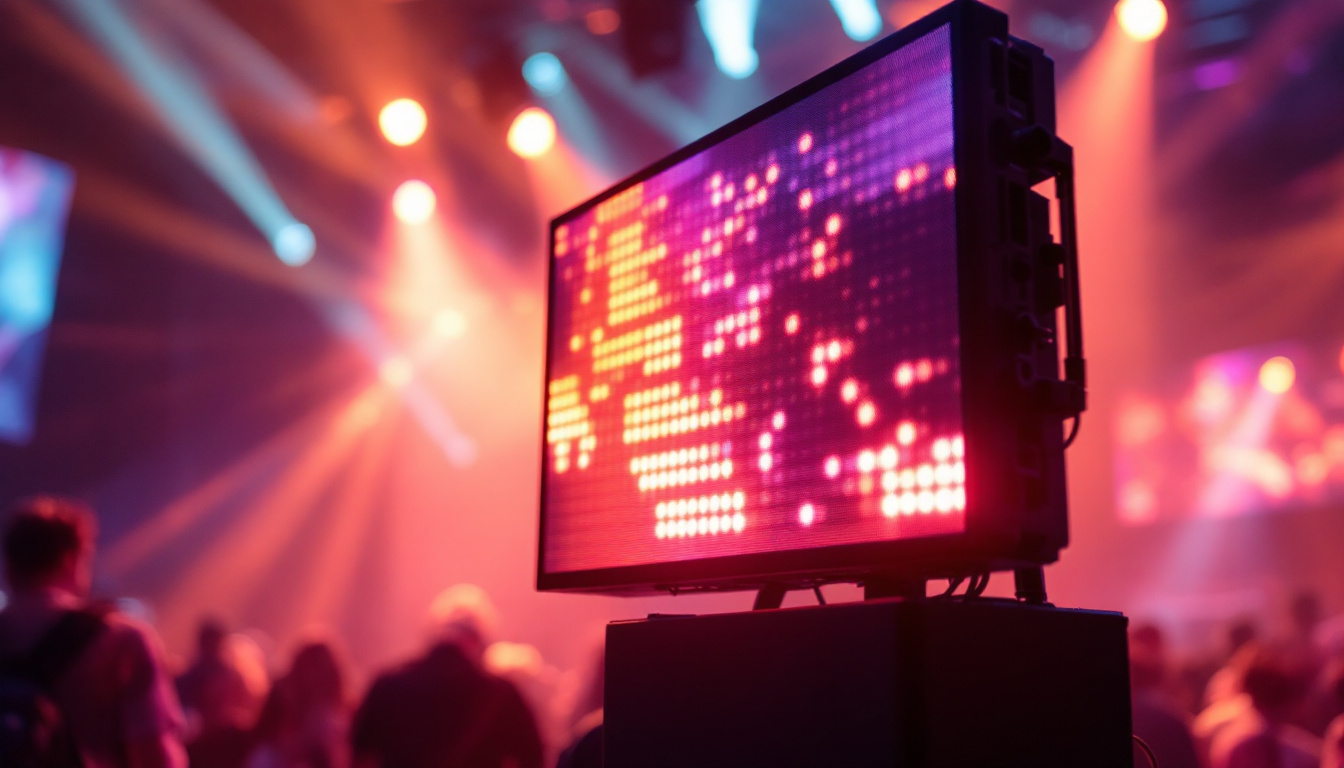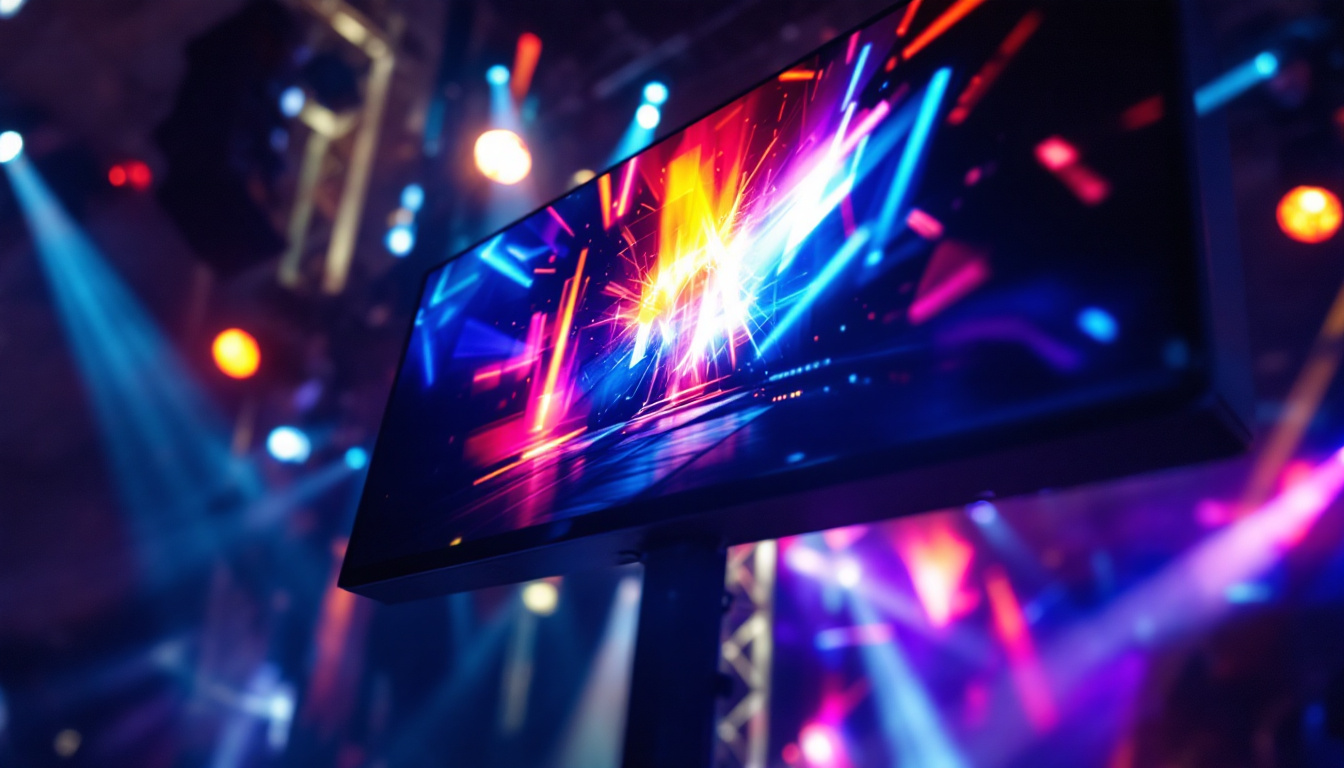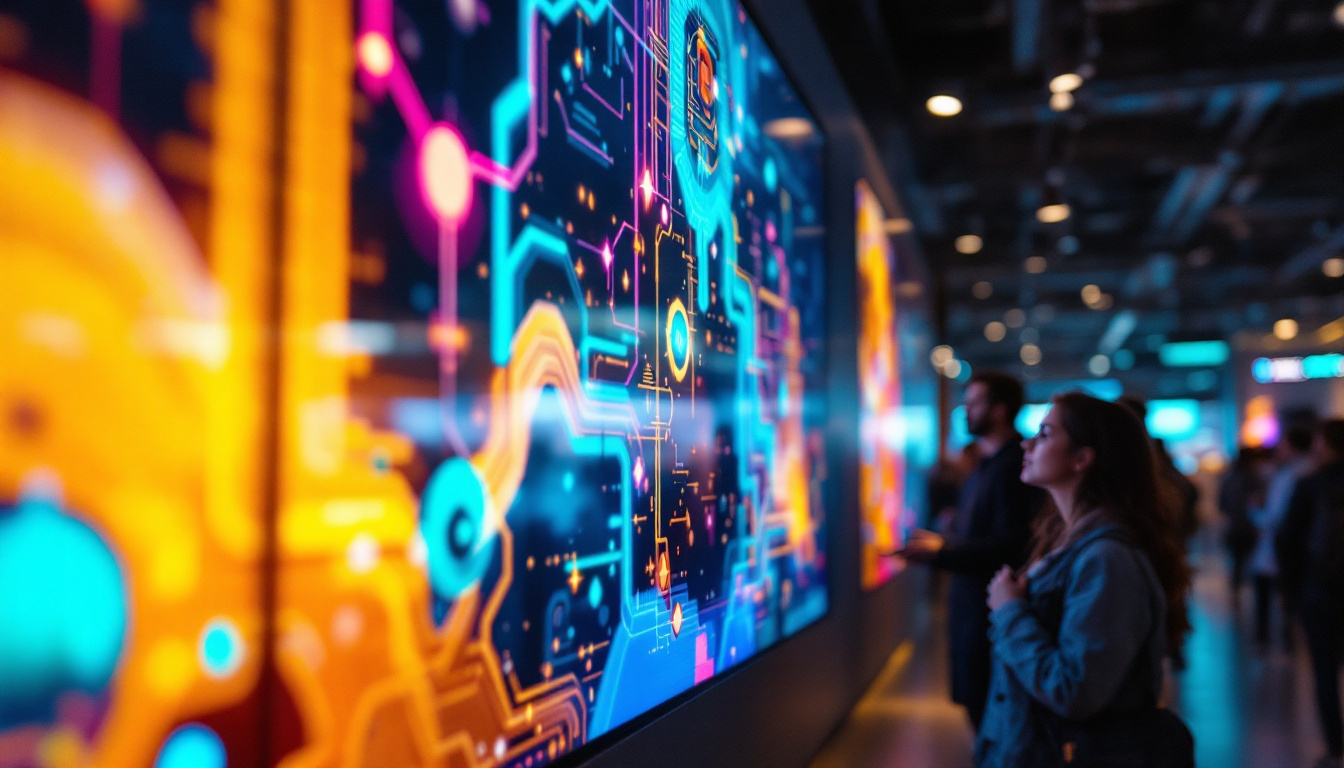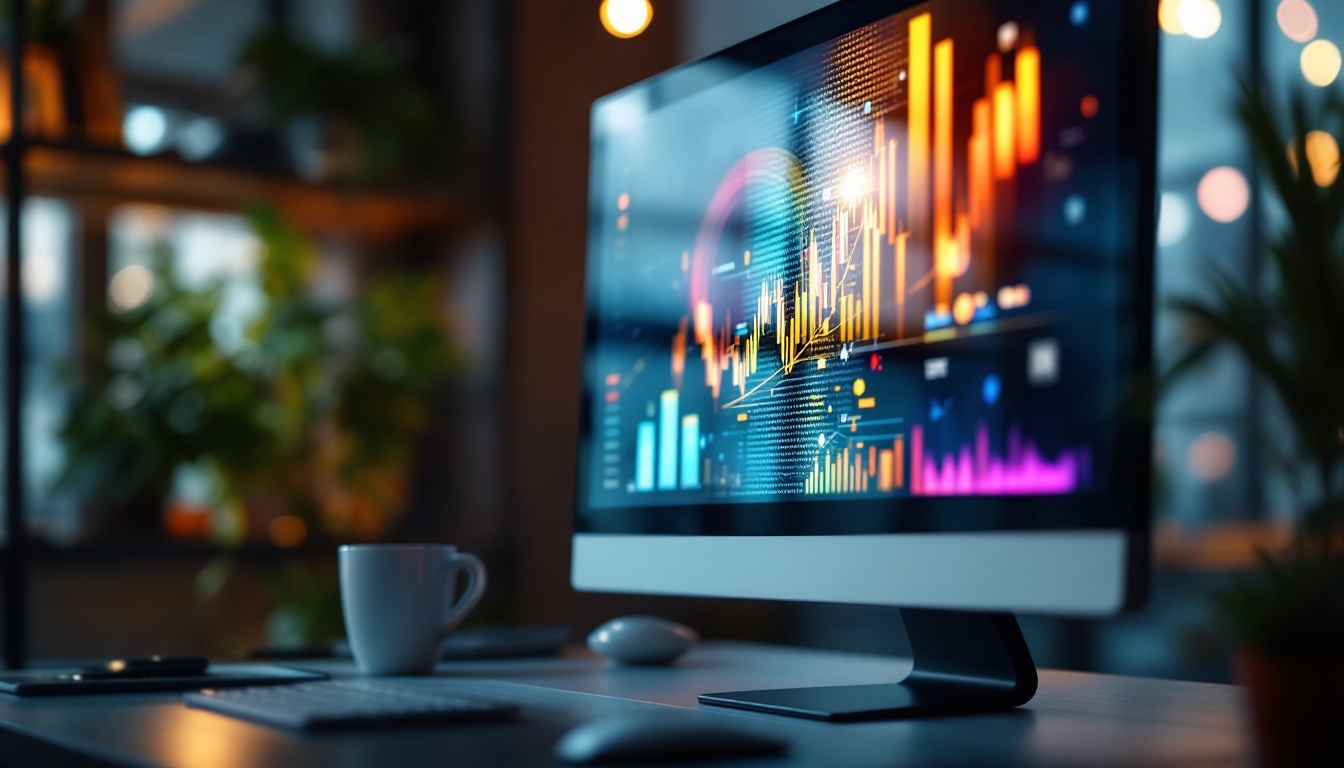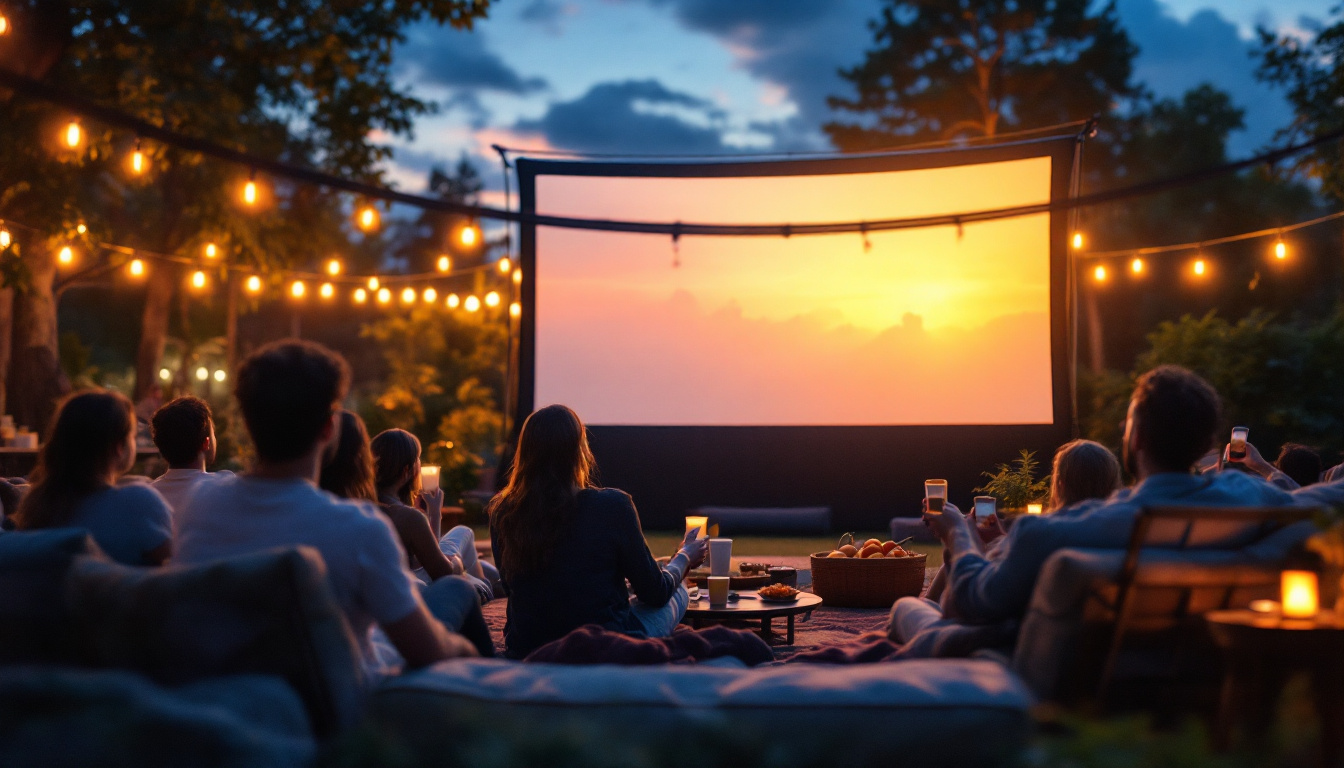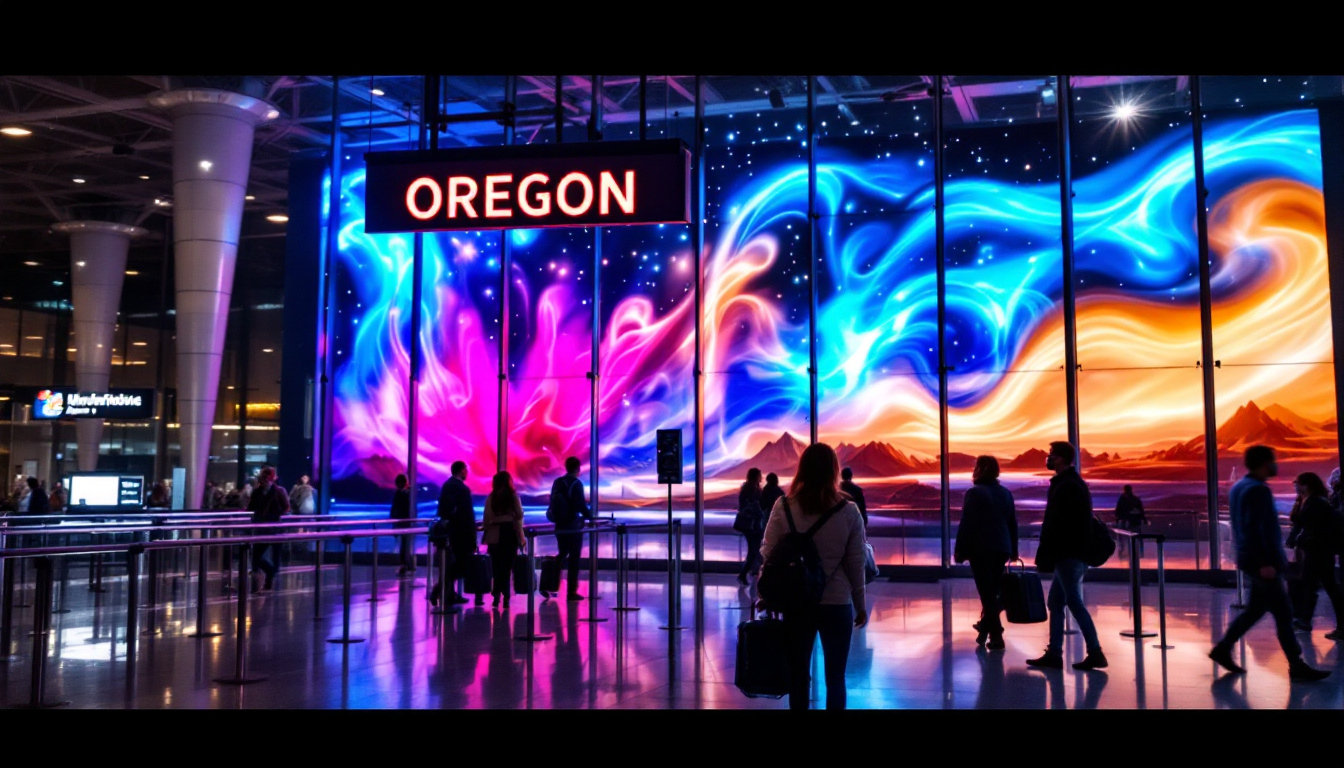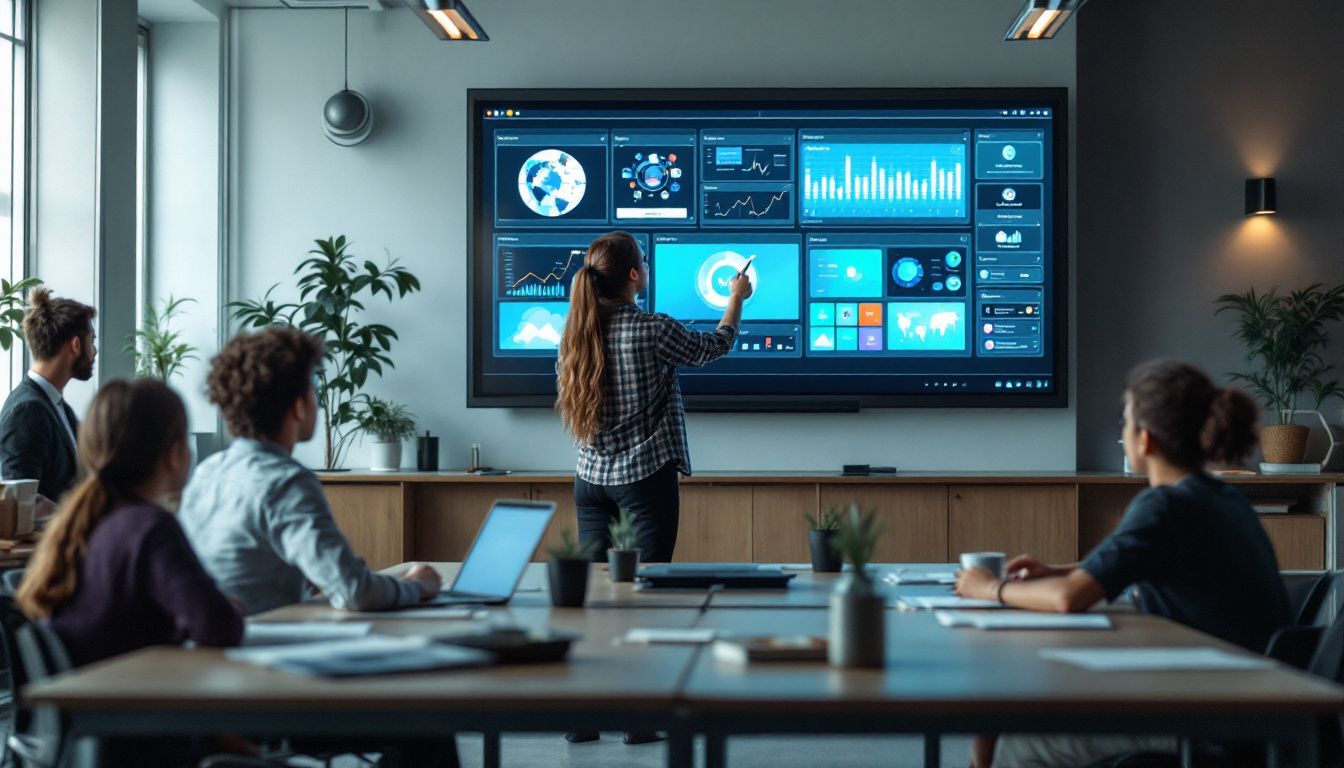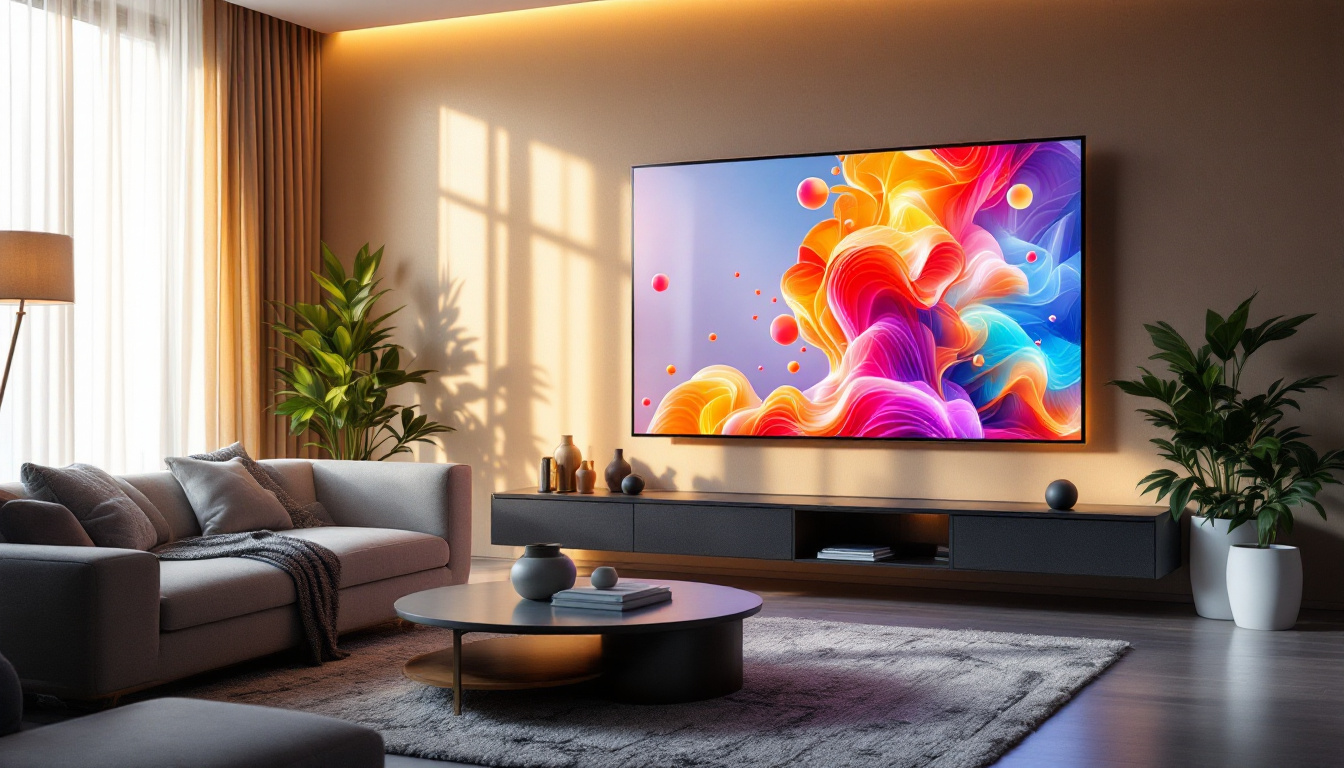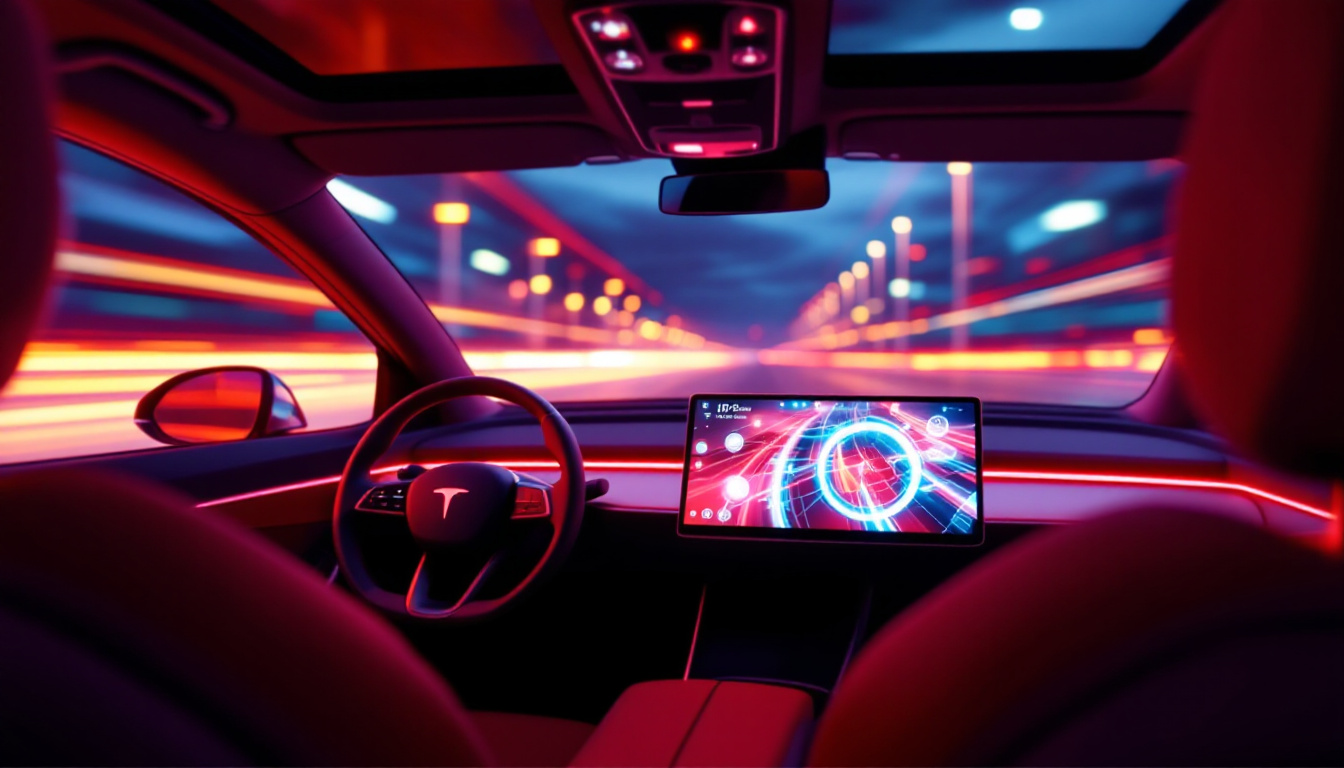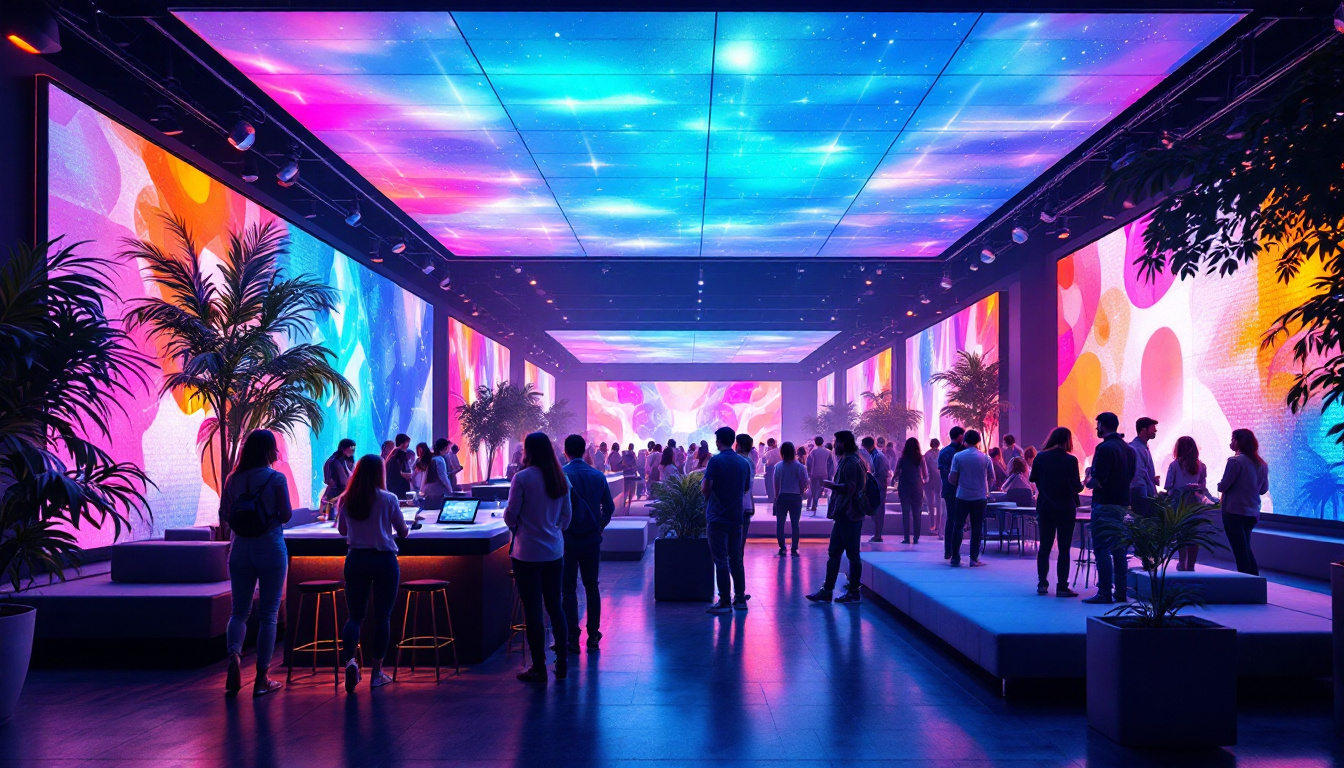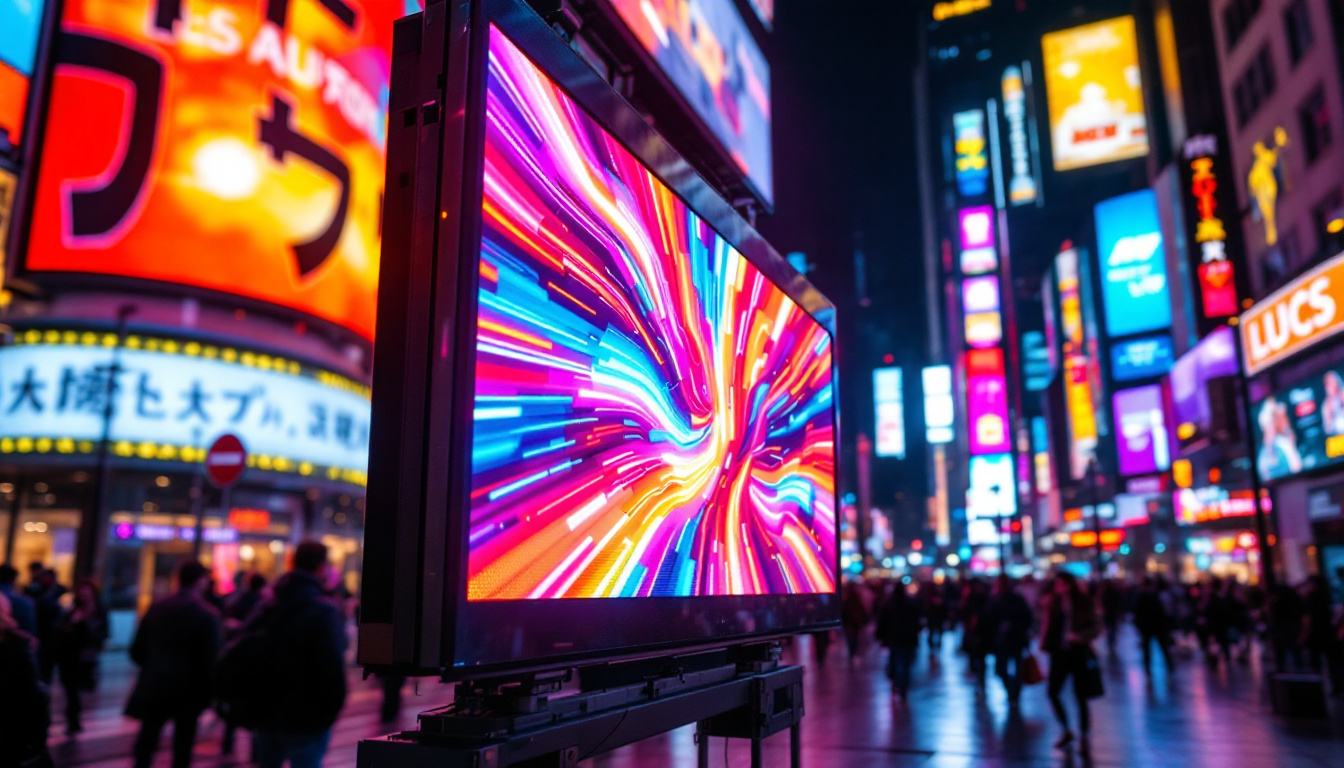understanding measurements is crucial in various fields, especially when dealing with technology like LED displays. One common question that arises is the conversion of inches to feet. This article will delve into the specifics of how many feet are in 108 inches and explore the significance of this measurement in the context of LED displays.
Understanding the Basics of Measurement
Measurements are a fundamental aspect of design and engineering. They provide a standardized way to quantify dimensions, ensuring that everyone is on the same page. In the case of converting inches to feet, it is essential to grasp the basic relationship between these two units.
The Conversion Formula
To convert inches to feet, one must remember that there are 12 inches in a foot. Therefore, the conversion can be achieved by dividing the number of inches by 12. For instance, to find out how many feet are in 108 inches, the calculation would be:
108 inches ÷ 12 inches/foot = 9 feet
This simple formula is a handy tool for anyone working with measurements, particularly in fields such as construction, interior design, and technology. Beyond just the basic conversions, understanding how to manipulate these measurements can lead to more precise designs and better outcomes in projects. For example, when constructing a building, knowing the exact dimensions can help in optimizing space usage and ensuring compliance with safety regulations.
Why Measurement Matters in Technology
In the realm of technology, especially with devices like LED displays, accurate measurements are vital. The size of a display can significantly impact its usability and effectiveness. Understanding the dimensions helps in determining how well the display fits into a particular space and how it will be perceived by viewers.
For instance, a 108-inch LED display is often used in settings such as conference rooms, auditoriums, and retail spaces. Knowing that this size translates to 9 feet can help designers and engineers plan layouts more effectively. Additionally, the pixel density of a display, which is often measured in pixels per inch (PPI), is crucial for determining image clarity and quality. A larger display with a high PPI can enhance the viewing experience, making it essential for professionals to consider both size and resolution when selecting technology for their projects.
Moreover, in the age of smart technology, measurements extend beyond physical dimensions. For instance, understanding the spatial requirements for wireless signals can influence the placement of devices like routers and smart speakers. The effectiveness of these technologies often hinges on the precise measurement of distances and the materials used in the environment, which can either enhance or hinder signal strength. Thus, measurement is not only about size but also about optimizing performance in an increasingly interconnected world.
LED Displays: An Overview
LED displays have revolutionized the way information is presented. They are known for their vibrant colors, energy efficiency, and versatility. Understanding the specifications of LED displays, including size and resolution, is crucial for selecting the right display for a given application.
Types of LED Displays
There are several types of LED displays available on the market, each serving different purposes. The most common types include:
- Indoor LED Displays: These are designed for use in enclosed spaces and are typically used in venues like theaters, shopping malls, and corporate environments.
- Outdoor LED Displays: Built to withstand the elements, outdoor displays are often used for advertising and public announcements.
- Transparent LED Displays: These innovative displays allow light to pass through, making them ideal for storefronts and creative advertising.
Each type of LED display has its own specifications and considerations, making it essential to choose the right one based on the intended use and environment.
Key Specifications to Consider
When selecting an LED display, several key specifications should be taken into account:
- Size: As previously discussed, the size of the display, measured in inches or feet, is crucial for determining its visibility and impact.
- Resolution: This refers to the number of pixels in the display. Higher resolution means clearer images and text, which is particularly important for detailed graphics.
- Brightness: Measured in nits, brightness is essential for ensuring that the display is visible in various lighting conditions.
By understanding these specifications, users can make informed decisions when purchasing LED displays for their needs.
The Importance of Size in LED Displays
Size plays a pivotal role in the effectiveness of an LED display. A display that is too small may not be visible from a distance, while a display that is too large could overwhelm the space. Finding the right balance is essential for maximizing viewer engagement.
Determining the Right Size for Your Needs
When deciding on the size of an LED display, several factors come into play:
- Viewing Distance: The distance from which viewers will be looking at the display is crucial. A larger display may be necessary for long distances to ensure that the content is legible.
- Content Type: The type of content being displayed also influences size. For instance, detailed graphics may require a larger display to be effective.
- Space Constraints: The physical space available for the display must also be considered. A display that fits well within the environment will be more effective and aesthetically pleasing.
By taking these factors into account, users can select an LED display that meets their specific requirements.
Common Applications of 108-Inch LED Displays
A 108-inch LED display, equivalent to 9 feet, is an impressive size that can be utilized in various applications:
- corporate presentations: In business settings, a large display can enhance presentations, making it easier for all attendees to see the content clearly.
- retail advertising: Retailers often use large displays to showcase products and promotions, attracting customers’ attention from a distance.
- Event Venues: Concerts and events benefit from large displays that can broadcast live feeds, ensuring that all attendees can enjoy the experience.
These applications highlight the versatility and impact of a 108-inch LED display in various settings.
Installation Considerations for LED Displays
Installing an LED display requires careful planning and execution. The installation process can significantly affect the display’s performance and longevity.
Choosing the Right Location
The location of the LED display is critical for its effectiveness. Factors to consider include:
- Visibility: The display should be positioned where it is easily visible to the intended audience.
- Lighting Conditions: Ambient light can impact the visibility of the display. It may be necessary to choose a location with controlled lighting conditions.
- Accessibility: The display should be accessible for maintenance and repairs, ensuring that it remains in optimal condition.
By carefully selecting the location, users can enhance the display’s effectiveness and ensure a positive experience for viewers.
Mounting Options
There are various mounting options available for LED displays, including:
- Wall Mounting: This is a common option for indoor displays, allowing for a sleek and professional appearance.
- Ceiling Mounting: For certain applications, ceiling mounting may be more appropriate, especially in venues with high ceilings.
- Freestanding Displays: These are versatile and can be moved as needed, making them ideal for temporary installations.
Choosing the right mounting option is essential for ensuring the display’s safety and effectiveness.
Maintenance and Care for LED Displays
Proper maintenance is crucial for ensuring the longevity and performance of an LED display. Regular care can prevent issues and keep the display looking its best.
Regular Cleaning
Dust and debris can accumulate on LED displays, affecting their brightness and clarity. Regular cleaning is necessary to maintain optimal performance. Here are some tips for cleaning:
- Use a Soft Cloth: A microfiber cloth is ideal for gently wiping the screen without scratching it.
- Avoid Harsh Chemicals: Use only recommended cleaning solutions to avoid damaging the display.
- Turn Off the Display: Always turn off the display before cleaning to prevent any accidental damage.
By following these cleaning tips, users can ensure that their LED display remains in top condition.
Routine Inspections
In addition to cleaning, routine inspections are essential for identifying potential issues before they become significant problems. Regular checks can help detect:
- Dead Pixels: These can occur over time and may need to be repaired or replaced.
- Loose Connections: Ensuring all cables and connections are secure can prevent display malfunctions.
- Brightness Levels: Monitoring brightness levels can help determine if maintenance is needed.
By conducting routine inspections, users can prolong the life of their LED displays and maintain optimal performance.
Conclusion
Understanding the conversion of inches to feet, particularly in the context of LED displays, is essential for anyone involved in design, engineering, or technology. A 108-inch display, equivalent to 9 feet, offers significant advantages in visibility and impact across various applications.
From installation considerations to maintenance and care, taking the time to understand the nuances of LED displays can lead to more effective use and a better overall experience. By following the guidelines outlined in this article, users can make informed decisions and maximize the potential of their LED displays.
Discover LumenMatrix LED Display Solutions
Ready to elevate your space with unparalleled LED display technology? LumenMatrix offers a diverse range of innovative LED display solutions tailored to meet your unique needs. From vibrant Indoor LED Walls to dynamic Outdoor LED Displays, and from versatile Vehicle LED Displays to engaging LED Sports Displays, our products are designed to captivate and communicate effectively. Experience the future of visual storytelling with LumenMatrix and transform your brand’s visibility. Check out LumenMatrix LED Display Solutions today and start creating immersive visual experiences that resonate with your audience.

